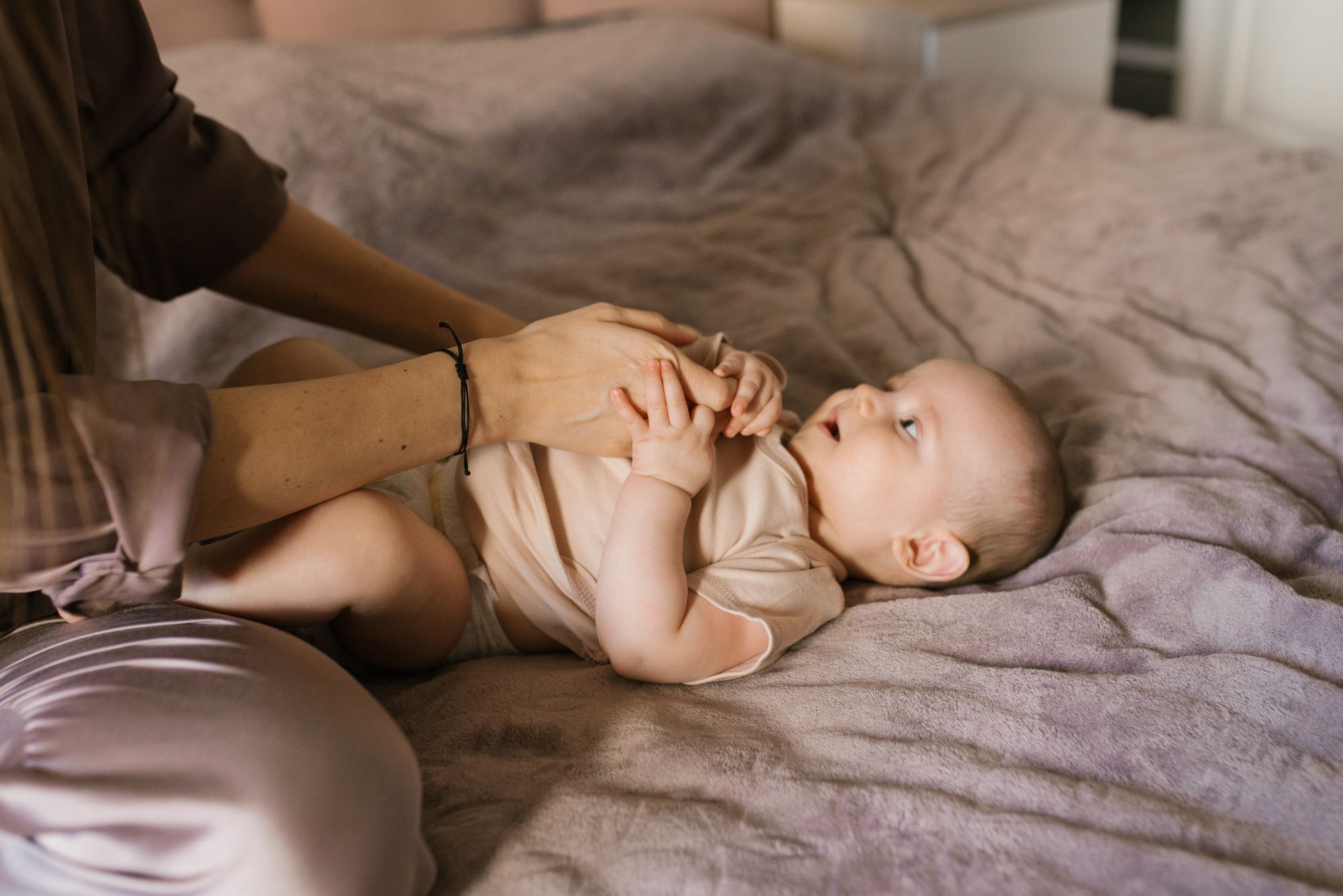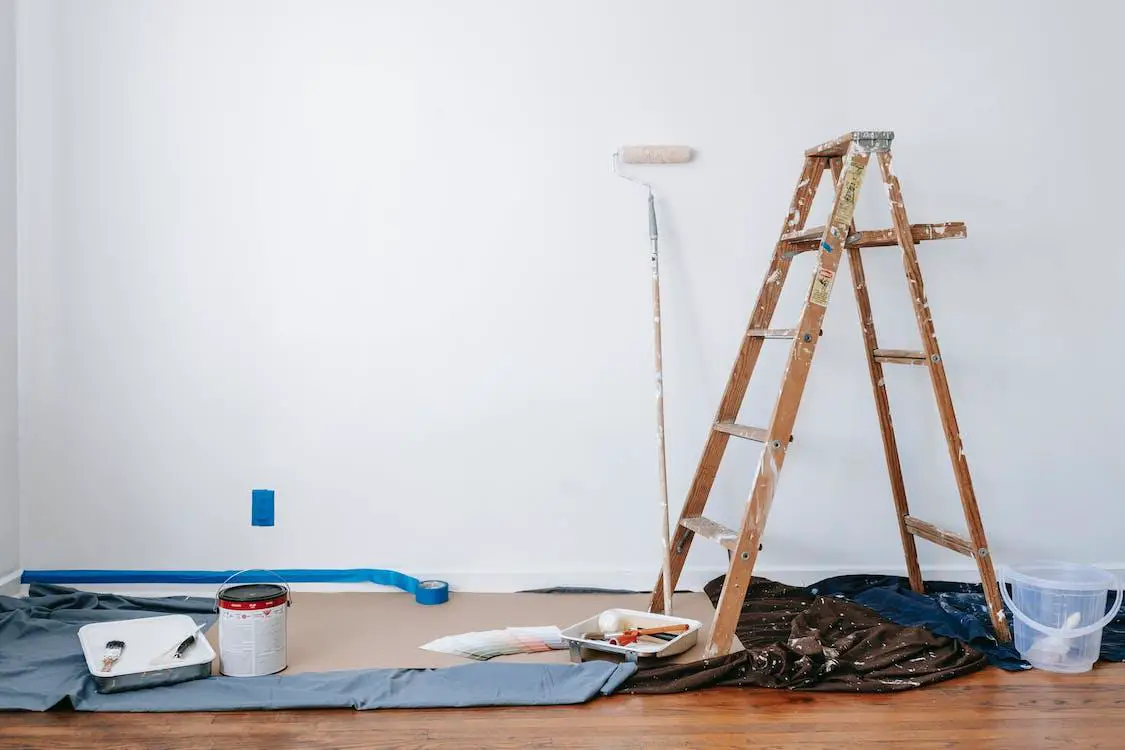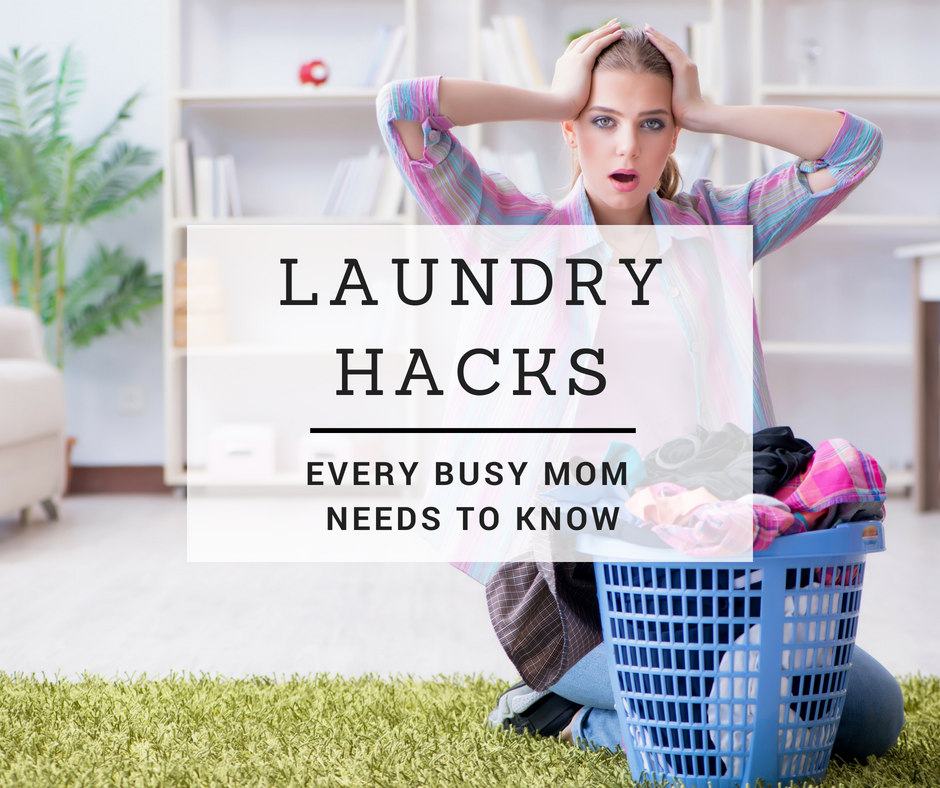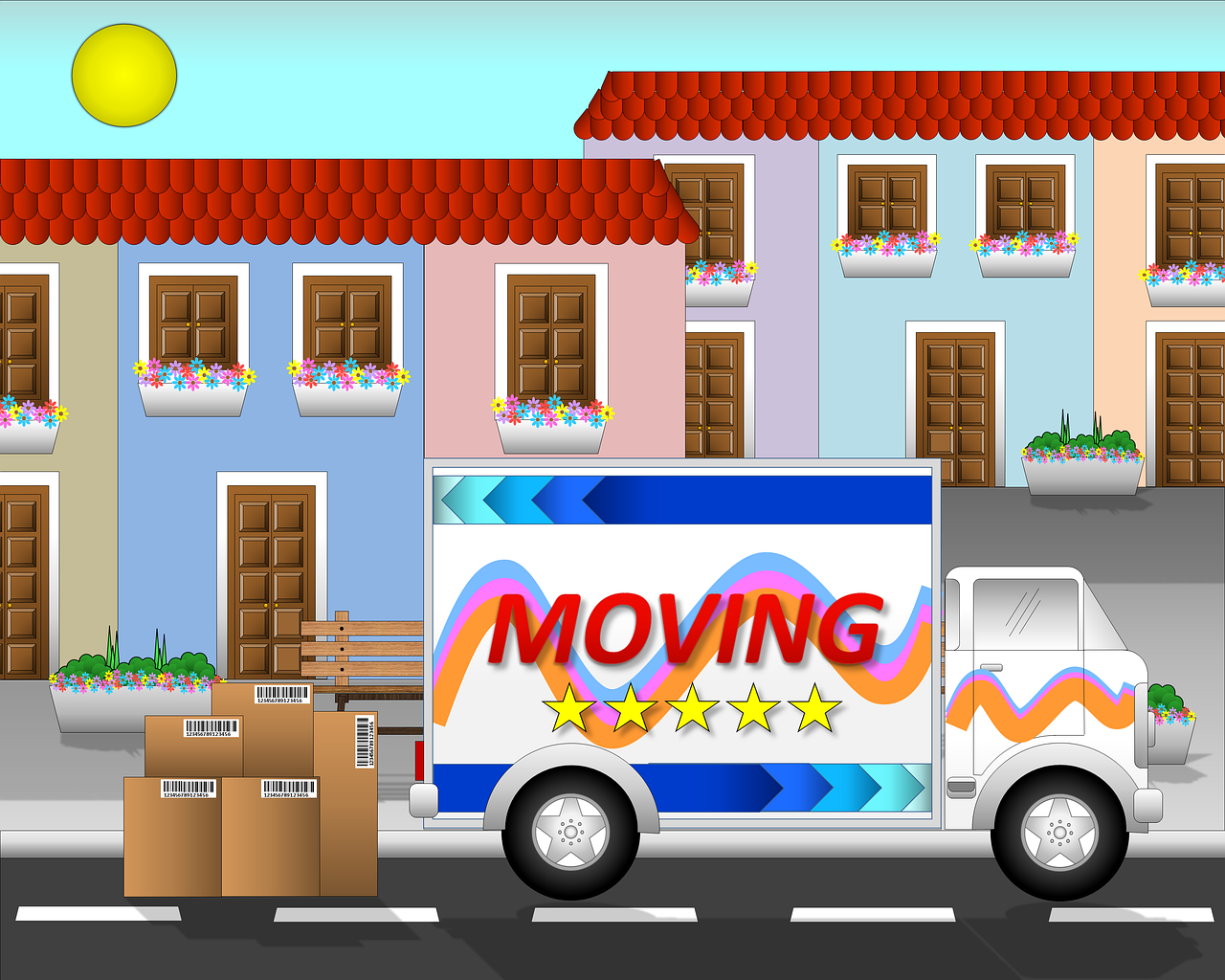How To Create Safe Play Areas for Your Kids at Home
Having kids at home can be both fun and challenging. To ensure your kids have a safe place to play, it’s essential to create secure play areas for them that keep them out of harm’s way. This blog post will provide tips for creating safe play areas for your kids at home.
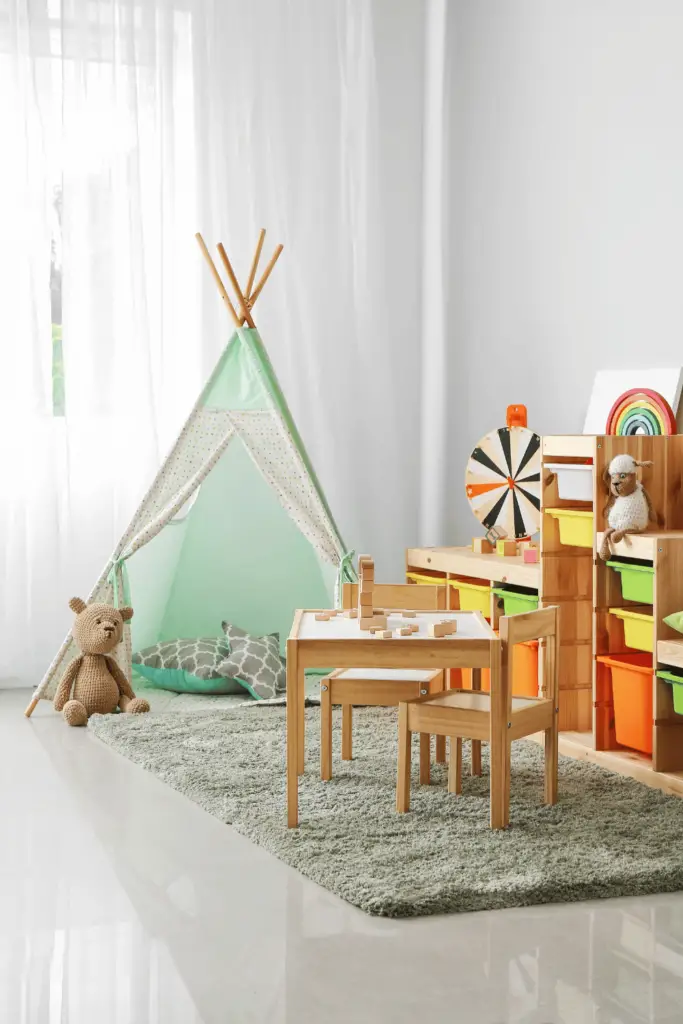
Tips For Creating Safe Play Areas For Your Kids At Home
We all know that kids love to play and explore. Therefore, it’s up to parents to create a safe environment for them to do so. Here are some tips on how to create secure play areas for your kids at home:
Remove Tripping Hazards
One of the most common household hazards is tripping. To avoid this, it’s important to remove any objects that could cause your kids to trip and fall. This includes small toys, furniture pieces with sharp edges, cords or cables, electrical items, etc. This way, your kids can play safely without the risk of falling.
Secure Furniture and Toys
To create safe play areas, it’s important to secure any furniture or toys that may pose a danger to your kids. This includes making sure they are safely anchored in place and can’t be pulled down by curious little hands. It’s also important to make sure any toys or furniture pieces that your kids can climb on are sturdy enough to support their weight.
Check For Sharp Edges
Be sure to check for sharp edges in your home and take steps to protect your children from them. This includes covering any exposed edges with cushions, padding, or other protective material. Additionally, check for any loose items that could cause injury, such as glass or sharp metal pieces.
Check For Choking Hazards
Another important factor in creating safe play areas is to check for choking hazards. Make sure all toys and furniture pieces are small enough so they can’t be swallowed or inhaled by your kids. If a toy has small parts, it should be kept out of reach of younger children.
Create Boundaries
Creating boundaries for play areas is another important step in keeping your kids safe. Make sure to clearly mark off the area where your children are allowed to play and ensure that they stay within these boundaries at all times. Strictly enforcing this rule will help keep them from exploring areas that could be dangerous.
Install Baby Gates
Baby gates can be used as a barrier between high-risk areas in your home and the areas where your kids are allowed to play. This is an especially great option for homes with stairs, as they can help prevent any dangerous falls.
Keep Outdoor Play Areas Secure
Finally, if your kids play outside in the garden or backyard, it’s important to secure this area as well. Make sure all outdoor play areas are fenced and locked. This will help keep curious children from wandering off into unknown territory and getting lost. Additionally, make sure there are no sharp objects that could cause injury.
If you want to make outdoor play areas more interesting, try a Vuly swingset to give your kids something fun and safe to do outside. There are also other options like gorilla swing sets, vinyl swing sets, and even wooden swing sets. You can also add playground equipment and games to make playtime more exciting.
Don’t Make Assumptions
It’s easy to make assumptions about the safety of your home, but it’s important to keep in mind that there may be hazards you haven’t noticed. Regularly inspect each area to make sure everything is secure and safe for your kids. And if you ever have any doubts, consult a professional before allowing your children to play in that area.
Creating a safe environment for your kids to play in is essential as they explore and grow. With these tips, you can create secure and enjoyable play areas for your children at home.
What Are The Most Common Home Injuries For Kids?
Some of the most common home injuries for kids include falls, cuts and scrapes, head injuries, burns, poisoning, and choking. Most of these can be avoided by making sure your home is free from any potential hazards, such as sharp edges or objects that can be swallowed.
Parents must also ensure that their kids are supervised at all times, as unsupervised children are more likely to be injured. Additionally, it’s important to teach your child safety rules, such as not touching unfamiliar objects and never running near stairs or slippery surfaces.
Conclusion
Creating a safe home environment for your children is essential to help them explore and grow. By eliminating any potential hazards, setting boundaries, and enforcing safety rules, you can create secure play spaces for your kids. Furthermore, by properly educating yourself about the most common home injuries for kids, you can make sure your little ones enjoy their time at home without the worry of getting hurt.


